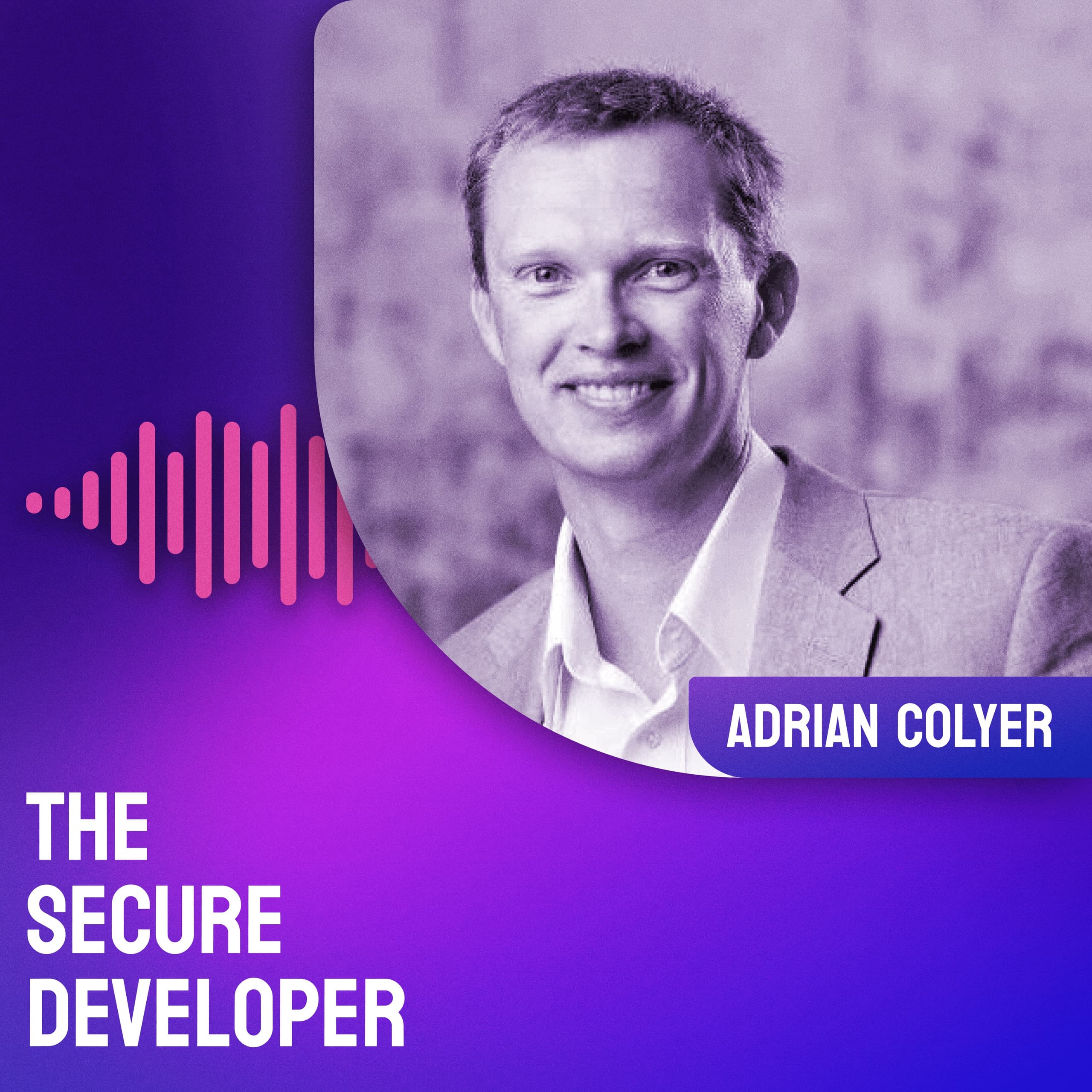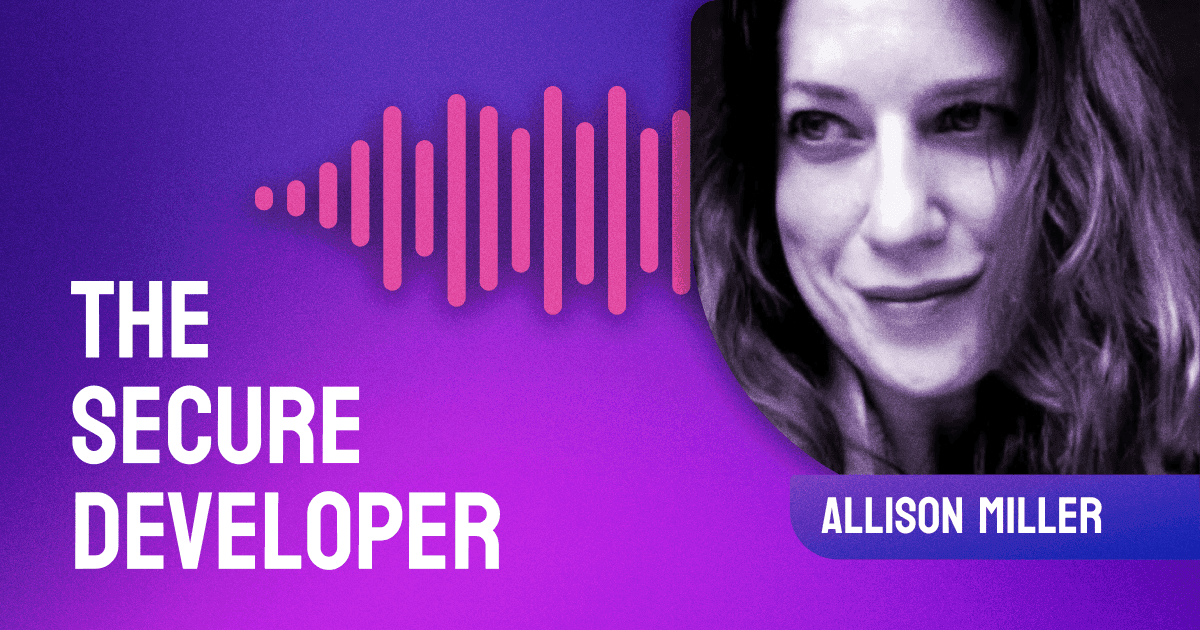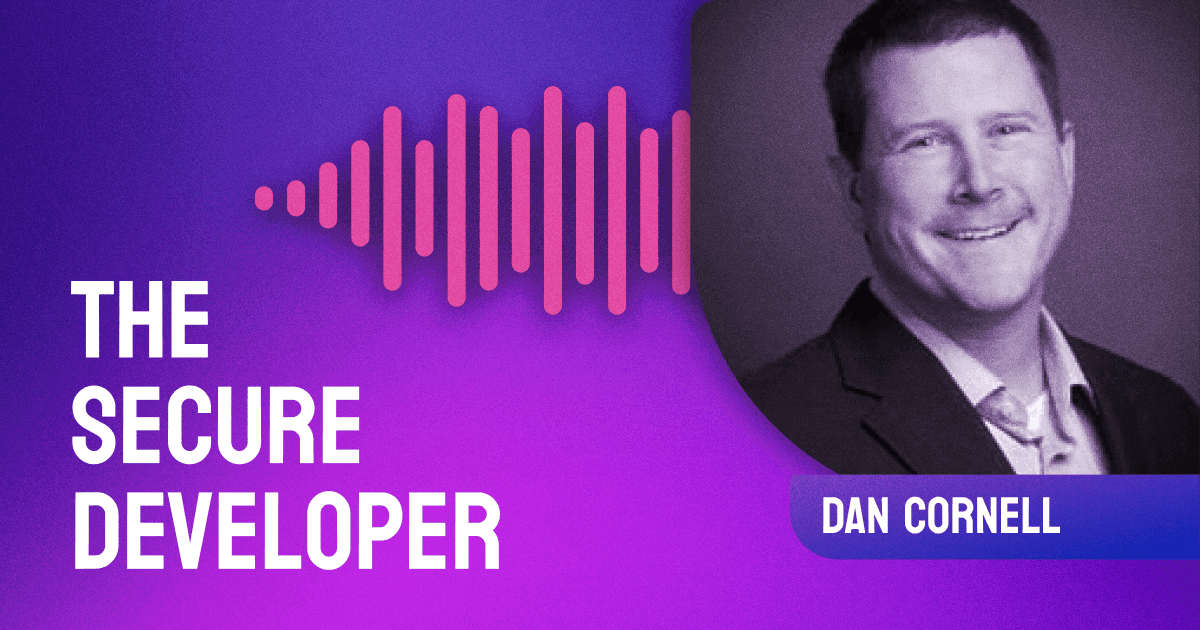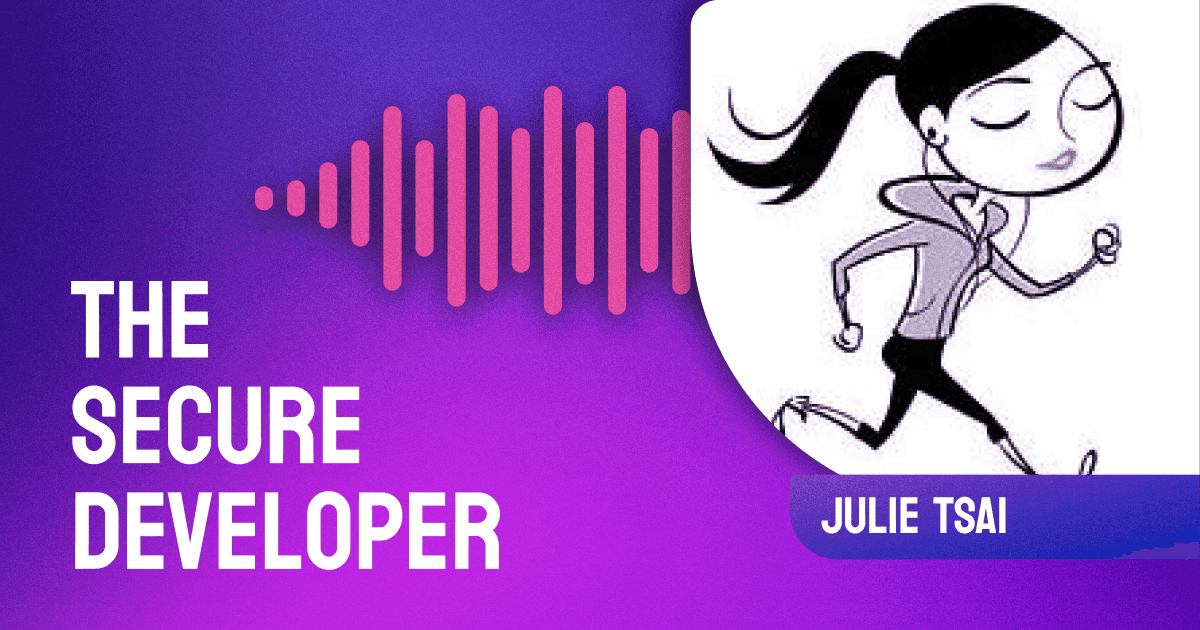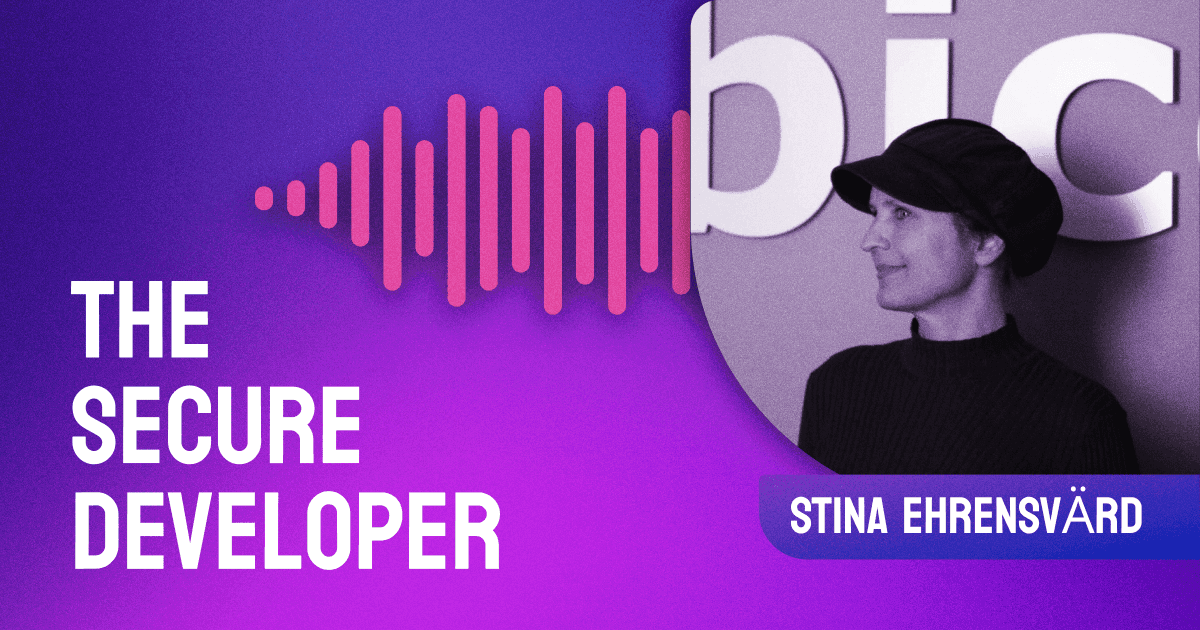In episode 17 of The Secure Developer, Guy meets up with Adrian Colyer, Venture Partner at Accel and author of The Morning Paper, a daily recap of academic articles in computer science. The pair investigates how researchers are discovering new side-channel attacks and vulnerabilities that look, at first glance, like they’re out of a science fiction or spy novel.
The post Ep. #17, Security Research with The Morning Paper’s Adrian Colyer appeared first on Heavybit.
